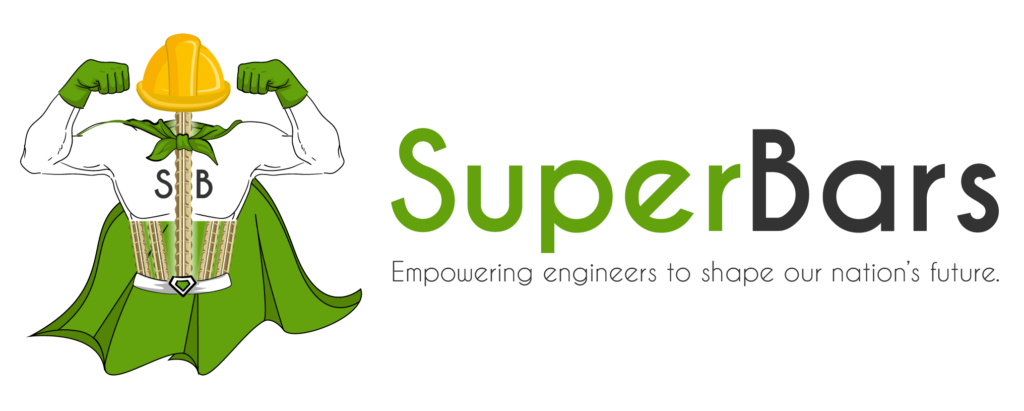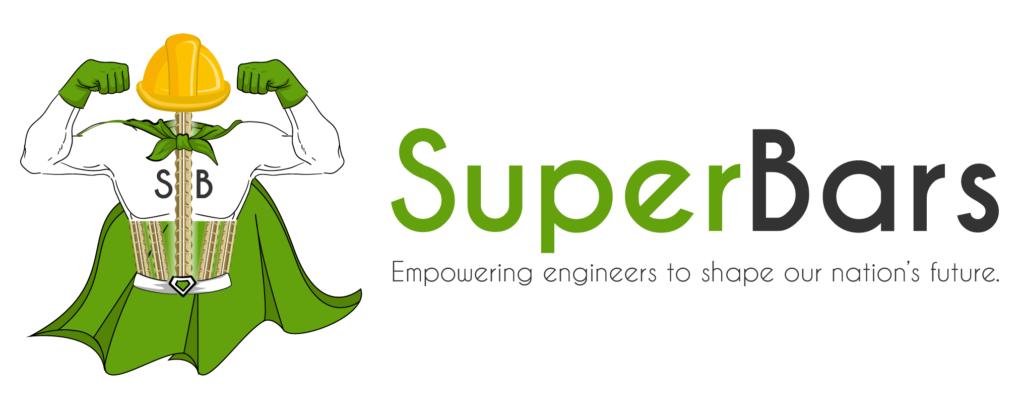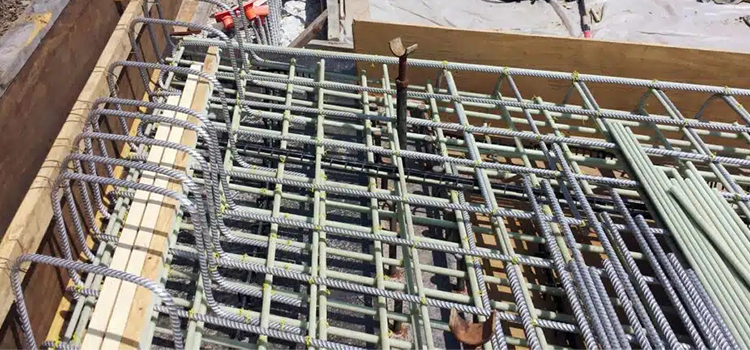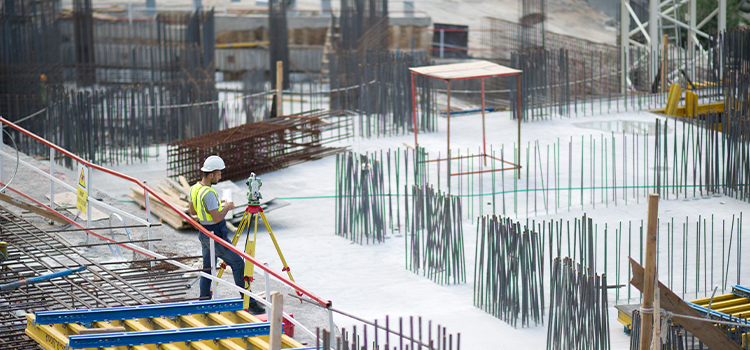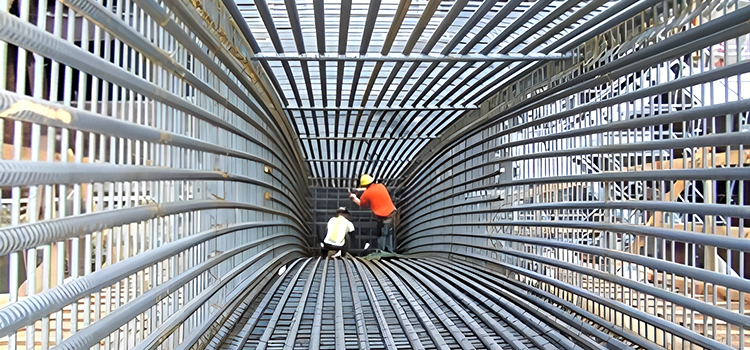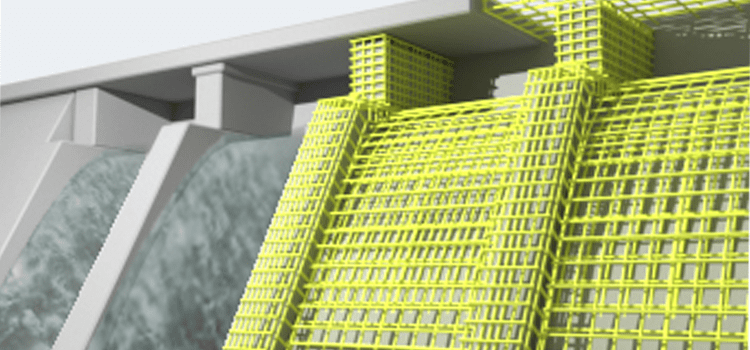Repair and rehabilitation of deteriorating structures are crucial to ensure their safety, longevity, and functionality. When it comes to reinforcing these structures, fiberglass rebar has emerged as a reliable and efficient alternative to traditional steel reinforcement. In this blog post, we will explore the benefits and applications of fiberglass rebar in repair and rehabilitation projects, with a special focus on the innovative Superbars Rebar system. By understanding the advantages of fiberglass rebar and the capabilities of Superbars, construction professionals can make informed decisions to strengthen and restore structures effectively.
Over time, structures can suffer from various factors such as corrosion, structural deficiencies, ageing, and environmental factors. These issues can compromise the integrity and safety of buildings, bridges, and other infrastructure. Repair and rehabilitation projects aim to address these problems and restore the functionality and durability of structures.
In many cases, traditional steel reinforcement has been the primary choice for strengthening and reinforcing deteriorated structures. However, steel reinforcement is susceptible to corrosion, leading to further deterioration and requiring frequent maintenance. This is where fiberglass rebar offers significant advantages.
Understanding Fiberglass Rebar:
Fiberglass rebar, also known as FRP (Fiber Reinforced Polymer) rebar, is a composite material made from high-strength fibers embedded in a polymer matrix, such as epoxy resin. The combination of these materials results in a lightweight, durable, and corrosion-resistant reinforcement solution.
The use of fiberglass rebar provides several benefits. First and foremost, it exhibits excellent corrosion resistance, even in harsh environments. Unlike steel reinforcement, fiberglass rebar does not rust or deteriorate over time, significantly reducing the need for maintenance and repairs.
Additionally, lightweight fiberglass makes it easier to handle and transport compared to traditional steel reinforcement. Its lightweight nature also contributes to reducing the load on structures, making it particularly suitable for retrofitting and rehabilitation projects.
Furthermore, fiberglass rebar offers excellent electrical and thermal insulation properties, making it ideal for structures exposed to electromagnetic fields or extreme temperature variations.
Applications of Fiberglass Rebar in Repair and Rehabilitation:
Fiberglass rebar finds numerous applications in repair and rehabilitation projects. Its unique properties and versatility make it suitable for various structural elements. Here are some key applications:
A. Concrete Reinforcement:
Fiberglass rebar can effectively reinforce concrete structures, including beams, columns, slabs, and walls. Its high tensile strength provides excellent reinforcement, while its corrosion resistance ensures long-term durability. Fiberglass rebar can be used in both new construction and retrofitting projects to improve the load-bearing capacity and structural integrity of concrete elements.
B. Bridge Rehabilitation:
Bridges are particularly prone to corrosion due to exposure to moisture, de-icing salts, and other environmental factors. Fiberglass rebar offers a corrosion-resistant solution for bridge rehabilitation projects. It can be used to strengthen bridge decks, piers, abutments, and other critical structural components, ensuring their durability and extending their service life.
C. Underground Structures:
Underground structures, such as tunnels and sewer systems, often face significant challenges due to moisture, chemical exposure, and soil conditions. Fiberglass rebar’s corrosion resistance and durability make it an excellent choice for reinforcing these structures. It helps mitigate the risk of corrosion-related deterioration and ensures the long-term performance and safety of underground infrastructure.
D. Historic Building Restoration:
Preserving and restoring historic buildings requires careful consideration of their original construction materials. Fiberglass rebar offers a suitable alternative to steel reinforcement in historic building restoration projects. It provides the necessary reinforcement while avoiding the risk of corrosion that could damage the building’s structural elements.
Superbars™ Rebar: The Cutting-Edge Solution:
Superbars Rebar, an advanced Glass Fiber Reinforced Polymer (GFRP) rebar system, represents the pinnacle of innovation in repair and rehabilitation projects. Manufactured using state-of-the-art technology, Superbars offer exceptional strength, durability, and performance.
The unique construction of Superbars Rebar combines high-strength fibers and advanced resins to create a robust reinforcement material. It exhibits superior tensile strength and flexural properties, ensuring optimal structural performance even in demanding conditions.
Superbars Rebar also provides excellent resistance to environmental factors, including moisture, chemicals, and UV radiation. This corrosion resistance guarantees the longevity and durability of reinforced structures, reducing the need for future repairs and maintenance.
Furthermore, Superbars Rebar is available in various sizes and configurations to accommodate different project requirements. Its versatility allows for seamless integration into different repair and rehabilitation applications.
Conclusion:
Repair and rehabilitation projects play a vital role in preserving and strengthening deteriorating structures. Fiberglass rebar, with its corrosion resistance, durability, and lightweight properties, has become a preferred choice for reinforcing and rehabilitating structures.
The Superbars Rebar system, with its cutting-edge technology and exceptional performance, offers construction professionals an innovative solution to enhance the structural integrity and extend the service life of various infrastructure projects.
By understanding the advantages and applications of fiberglass rebar, particularly Superbars Rebar, construction professionals can make informed decisions in repair and rehabilitation projects. Embracing this advanced reinforcement technology ensures structures are fortified against corrosion, environmental factors, and ageing, leading to safer, more resilient, and longer-lasting buildings and infrastructure.
